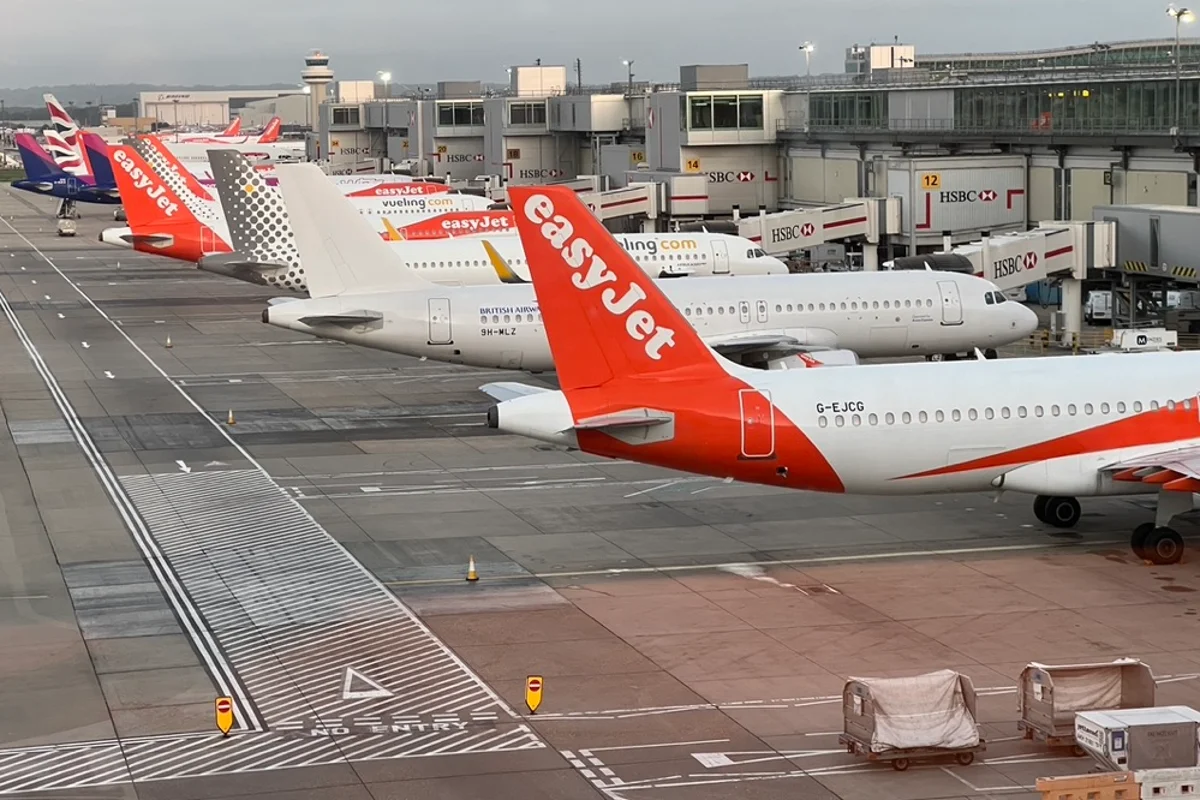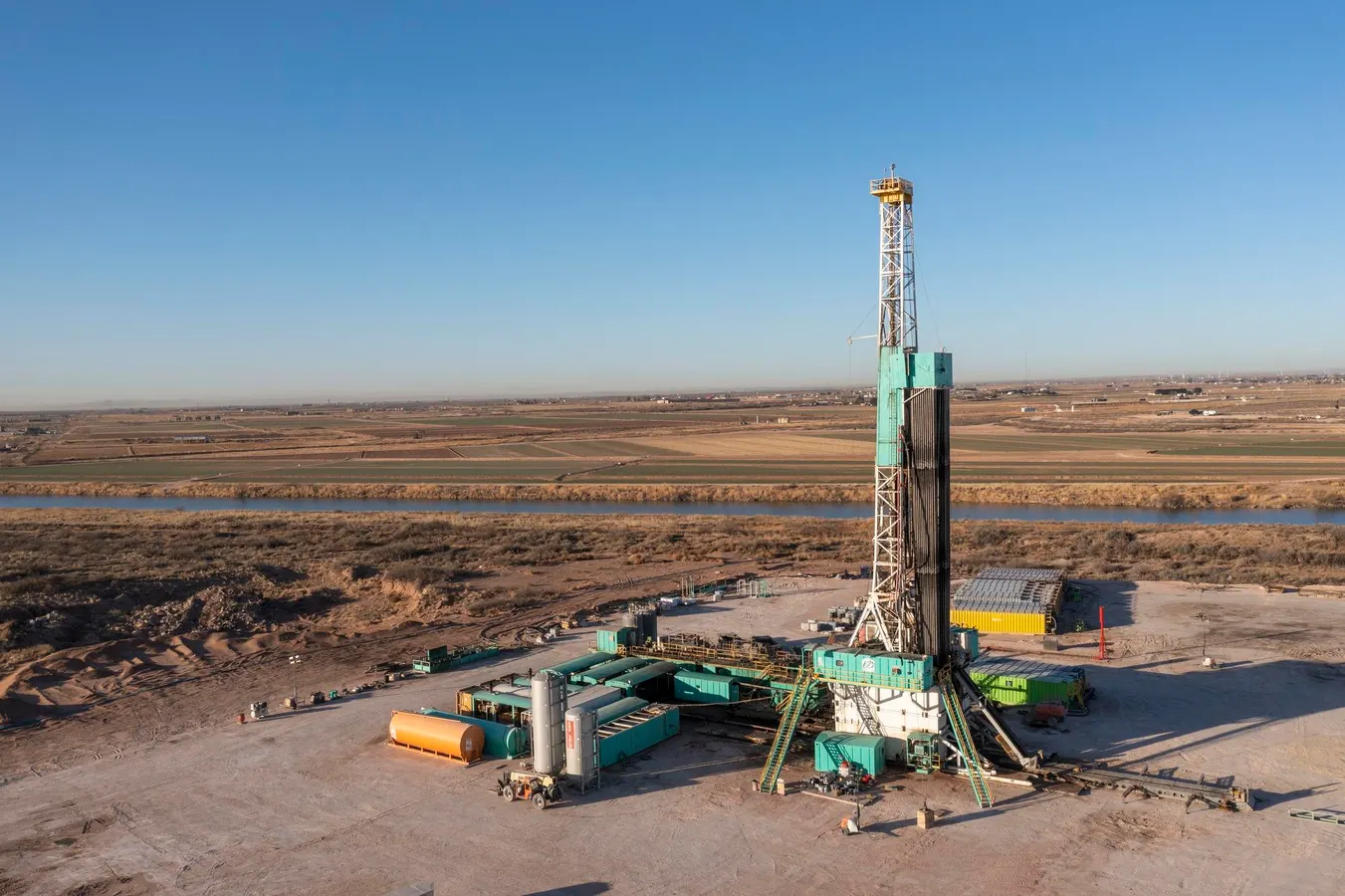What does a second runway at Gatwick airport mean for passengers and when will it be ready?
By Simon Calder
Copyright independent

Transport secretary Heidi Alexander has given the go-ahead for a second runway at London Gatwick airport.
The controversial £2.2bn project will see the Sussex almost double its capacity – which proponents say will increase choice and resilience and help cut fares. But the minister’s announcement has been condemned by environmentalists, who say they will launch a legal challenge.
The Independent looks at the key questions and answers for Gatwick and the Government.
London is the world capital of aviation. More people fly in and out of the city’s airports than anywhere on earth. But due to extreme capacity constraints at both of the biggest airports, Heathrow and Gatwick, the current arrangements are dysfunctional.
Heathrow is the busiest two-runway airport in the world, and Gatwick has more flights using its single runway than any other airport. There is simply no slack in the system.
While the government has given its backing to an additional runway at Heathrow, that project remains mired in controversy – both because of the environmental impact and the huge cost, which will total almost £50bn once associated work is taken into account.
Gatwick, about 35 miles around the M25, has adopted an entirely different approach. Basically: “here’s one we prepared earlier”.
The Sussex airport has a second standby runway already – and by moving it just 12 metres further north and making improvements across the airfield, Gatwick can press it into service for departing holiday flights.
The government has now given its blessing to the scheme.
Capacity will steadily rise from the current average of 767 arrivals and departures each day to as many as 1,066 – an increase of 40 per cent. With the mean size of aircraft increasing and more long-haul flights using larger planes, annual passenger numbers could potentially nearly double from the current 43 million to as many as 80 million.
At the moment, people travelling to or from London and South East England do not get the choice they deserve of airlines and destinations, and pay higher fares due to the constraints on the number of flights. For example, Europe’s biggest budget airline, Ryanair, has only a tiny operation at Gatwick because of the lack of attractive slots; it could expand rapidly with more capacity.
A permanent second runway will also improve resilience. When disruption occurs, the lack of slack in the system means schedules unravel fast.
Expansion comes at a cost that will ultimately be met by passengers, but the planned £2.2bn expansion is a tiny fraction of the cost of expanding Heathrow. Over a 10-year spell, The Independent calculates the additional cost would work out at roughly £4 per passenger – around a tenth of the figure for Heathrow.
Gatwick’s original target date for using the “new” second runway was the start of the summer season 2025. But the Covid pandemic – which hit the Sussex airport especially hard – put expansion plans on hold.
The expectation now is that it would be ready by 2030, but Ms Alexander says it could be before the next election – no later than the summer of 2029.
Gatwick’s plan for another permanent runway is far cheaper and less disruptive and much cheaper than Heathrow’s, and can be ready much sooner. With a main-line railway serving the airport already, increasing the number of passengers who use public transport to the required level of 54 per cent is more achievable.
You may think the new plan will involve one runway being used for take-offs and another for landings, as it is at Heathrow.
But that will not be the case at Gatwick. The additional runway would be used only for departures for narrow-bodied aircraft like the Boeing 737 and Airbus A320 family – as used by British Airways, easyJet, Ryanair and Wizz Air.
The main runway would continue to be used for all landings and some take-offs.
Yes. Green Party co-leader, Zack Polanski, told BBC Radio 5 Live: “The problem here is multi-millionaires and billionaires, who are flying extremely frequently, who are destroying our planet, who are destroying our environment.
“And now the same big businesses, who are behind the aviation industry, who also donate to the Labour government, are the people who the Labour government are now protecting, rather than our children and our grandchildren.
“Where is Ed Miliband, the supposed climate champion? Is he going to stay in the cabinet?”
And the pressure group Communities Against Gatwick Noise Emission (CAGNE), said: “This is not over for Gatwick or the government.” The group plans a judicial review of the decision.
Stewart Wingate, UK managing director for the airport’s owner, Vinci, said: “We welcome the government’s approval of plans to bring our Northern Runway into routine use, ahead of the expected deadline.
“This is another important gateway in the planning process for this £2.2bn investment, which is fully funded by our shareholders and will unlock significant growth, tourism and trade benefits for London Gatwick and the UK, and create thousands of jobs.
“As we’ve said previously, it is essential that any planning conditions enable us to realise the full benefits of the project and do not impose unnecessary constraints that make it uneconomic to invest in.
“We now need to carefully examine the details of the planning consent. Once we have done that, we will be able to comment further.”



